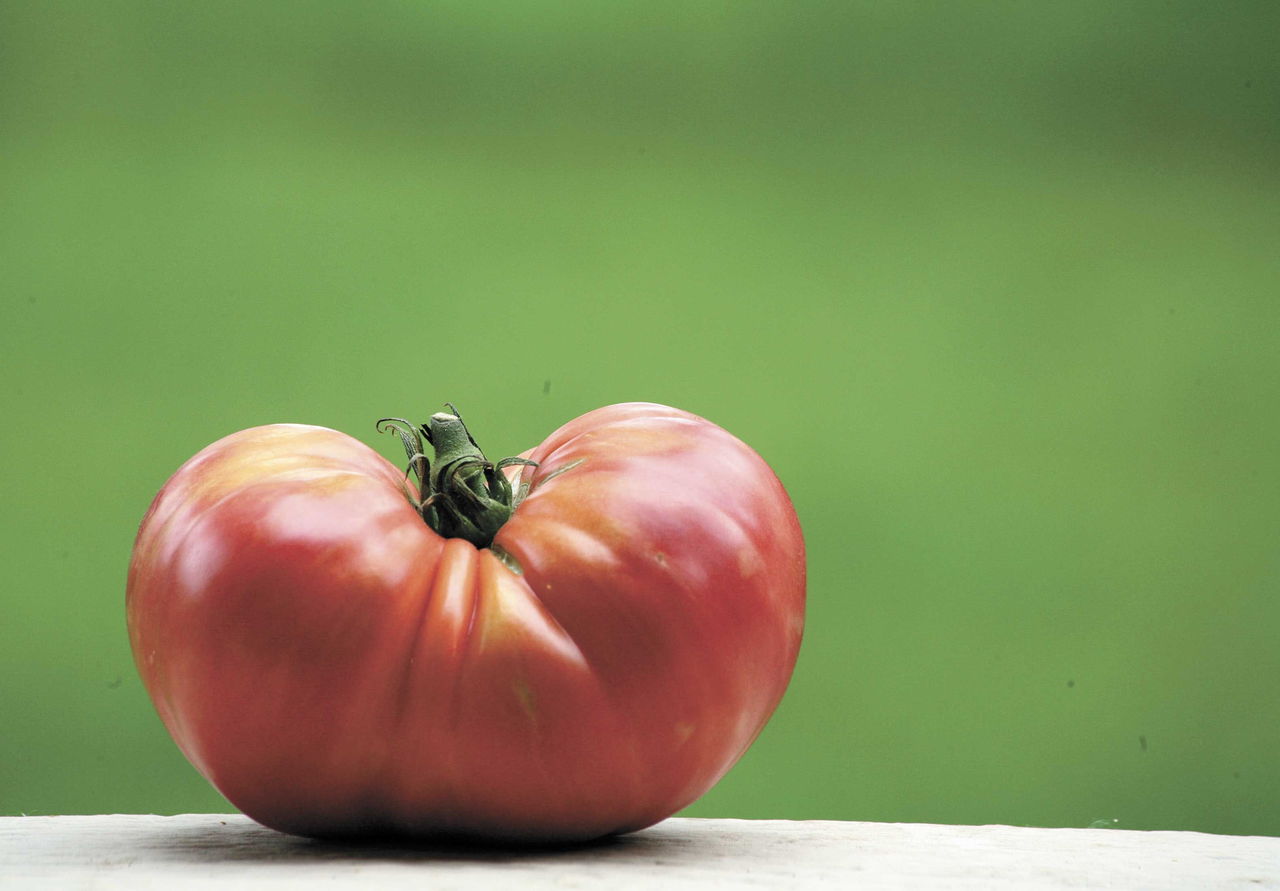If gardening was a competitive sport, I am pretty sure that tomato growing would be one of the main events. Every year, customers become obsessed with being the first in their neighborhood to harvest a ripe tomato. They will go through all sorts of shenanigans to achieve this goal and so, in the spirit of enablement and codependence, I offer the following tricks of the trade.
In order to succeed at growing tomatoes in the Northwest, we need to remember that tomatoes are native to South America where the soil temperatures are usually in the 70s and the air temperatures are in the 80s to 90s. The more we can do to emulate these conditions, the more successful we will be.
Normally, I would be writing about ways to modify the environment where we grow tomatoes, with hot caps and Wall-O-Water so that the air and soil is warmer than normal. Thanks to climate change, however, this seems to be less of an issue. That being said, I highly recommend growing tomatoes in a 15-gallon black nursery pot, simply because the sun will warm up the soil in the pot and this will speed up the growth of the tomato. (You can buy one of these pots for around $7.)
Southern or western exposures are the best locations for tomatoes. Placing the pots against a wall or fence will also add some additional radiant heat, which can make an enormous difference in ripening times. If you grow your tomatoes in a pot, be sure to buy a quality potting soil. E.B. Stone Organic’s Ultimate Recipe Potting Soil is the “creme de la creme” of potting soils and will yield far better results than the cheap stuff.
When growing tomatoes, a balanced organic fertilizer is important, as well as a good source of calcium. Bone meal or lime both have high levels of calcium, which is critical in preventing blossom end blight — a bleached-looking condition at the end of tomatoes. Bonide makes two products, one called Rot-Stop and the other called Tomato and Blossom Set Spray. Both contain calcium that can be sprayed onto the foliage and fruit to reduce this annoying problem. Maintaining a consistent moisture content in the soil is important as well.
Most tomatoes are vines and require cages that can cost anywhere from less than $10 to around $60, depending on the gauge of steel and whether or not they fold up at the end of the season. Obviously, you get what you pay for. My personal preference is to grow tomatoes on a flat wire trellis where I can weave the vines in and out for support. If you decide to grow “bush” tomatoes, you obviously won’t need a trellis. Also, be aware that you will only get one crop for the season, which doesn’t seem like much of a return for the effort.
Since most tomatoes continue to grow and set fruit throughout the season, you eventually will need to prune them and limit the number of fruit clusters. This can be done by simply using your fingers to remove the “suckers” or shoots that grow in the axils where the leaves are attached. Once your plant reaches the top of the trellis, you can chop it off at that point.
Invariably we get a week of cool moist weather in late August and you will often get late blight, which spells the end of your tomato plants. Building a temporary plastic cover or setting out a patio umbrella will solve this issue. Your other option is to apply a fungicide in July and early August as a preventative.
There are, of course, a gazillion varieties of tomatoes to choose from. The hybrids are usually disease-resistant. The heirloom ones are less so but are more flavorful. If I was to grow one variety, it would be Juliet. This is a “two bite” tomato in the shape of a Roma variety but it is smaller, firmer and juicier with a great flavor. Sweet 100 and Sungold are both dependable cherry varieties and Oregon Spring and Stupice are both large and early ripeners.
Grafted tomatoes are something new you might find at the garden center. These are normal varieties — such as Beefsteak — that are grafted onto an aggressive rootstock. This provides more vigor to the plant, which results in earlier ripening. Mighty-Mato is a brand that you will most likely find.
Finally, if you really want to go out on a limb, try the new Ketchup and Fries, a tomato plant that has been grafted onto a potato plant. You can harvest tomatoes in the summer and potatoes in the fall, all in the same space. It just doesn’t get any better than that!
Steve Smith is owner of Sunnyside Nursery in Marysville and can be reached at info@sunnysidenursery.net.
Upcoming classes
Sunnyside Nursery offers a class on how to build containers gardens at 10 a.m. May 21. They will also offer a free container planting day from 10 a.m. to 4 p.m. May 21.
Talk to us
> Give us your news tips.
> Send us a letter to the editor.
> More Herald contact information.


























